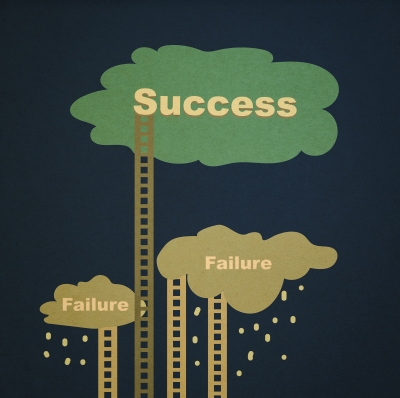
If you’ve ever gone through the process of shopping for a new tool, you’re probably familiar with the internal objections that inevitably roll around in your mind.
- Is this a want or need?
- Will I actually use this if I buy it?
- Can the benefits promised really help me in my situation?
Although there are plenty of reasons to wonder whether whipping out your wallet is the right decision, there are equally enough reasons to follow your gut instinct.
When you’re purchasing a new product for your team, such as a new customer relationship management (CRM) tool, the objections are harder to ignore. When the other people who need to use the CRM emphasize their concern, you’re face-to-face with the reality that implementation of the new system could fail.
Here are the three most common reasons why implementation sometimes fails and how you can get your sales team to use your new CRM.
- No One Likes Change
Change is uncomfortable. It’s awkward and disruptive. So when you decide to change something as impactful to your business as a CRM, it’s no wonder your stomach turns a little.
- How much will this affect my work flow?
- Will I accidentally lose any leads in the changeover process?
- How long will it take me to form new habits?
- I know it looks good on paper, but is this really a better CRM for me?
The more thoughts like this swirl through your mind, the more you talk yourself out of making the change you know you need. You feel stuck. You’re trapped with a tool that’s not serving you because the idea of moving to something is too frightening.
It’s this kind of hesitation to switch that holds many professionals back from upgrading to something better. Add in the hesitation of your team members who will be forced to make the switch, and you increase the odds of the CRM implementation failing.
Although the trepidation is normal, it doesn’t have to stand in your way. To help overcome change, create a system for the switch. It could look something like this:
- Hold introductory training before making the switchover.
- Transition to the new CRM on [date] at [time].
- Hold a secondary training immediately after making the change.
- Create a message group where employees can reach out with questions and tips.
Having a system of support in place will ease the worries of your fellow team members and make the change as smooth as possible.
- Budgets Work as Barriers
One department that might worry a little more than others is the accounting department. These are numbers people who worry any time the debit column increases. The way to get them on board is to show them how that debit column increase will lead to an even bigger increase in the credit column.
Switching to a new CRM should help you turn more leads into sales. By laying out the projected figures in black and white ink, your accounting department and higher-ups will see the clear benefit in dollars and cents. In turn, you will have the green light to proceed with your CRM implementation.
- Adoption is Slow
You’ve crossed the first two hurdles of getting your team (mostly) on board with the changeover and getting the budget approved for your new CRM. Now, it’s time for hurdle number three — getting everyone on board and used to the new system.
Although the system is available, everyone may not be willing to go through the process of adopting it completely. And therein lies another implementation problem.
Without your entire team using your new CRM, you could miss out on valuable opportunities. Communication could fall through the cracks, causing you to have lower sales numbers.
There’s a solution.
You might not be able to force someone’s hand in using the CRM, but you can show them why adoption is so important. It’s the why that’s a game changer.
Often during training cycles, the emphasis is put on the capabilities of the new system. The tools and features are important, but if a person doesn’t understand why those tools and features are important, she won’t have a reason to use them.
Just as you sell your customers on why your product or service is such a good buy, you need to sell your team on why you’re choosing to use the new CRM. The clearer that is, the more likely it is your team will adopt the CRM and implementation will succeed.
You Don’t Have to Experience CRM Implementation Failure
It can feel daunting to implement anything new, but it’s worth the effort. By outlining what to expect, the projected increase in sales and why the system is so much better, you will have very little problem getting everyone on board with your new CRM.
At Insightly, we offer a CRM used by small and mid-sized businesses from a huge variety of verticals. Learn about all of Insightly’s features and plans on our pricing page or sign up for a free trial.



